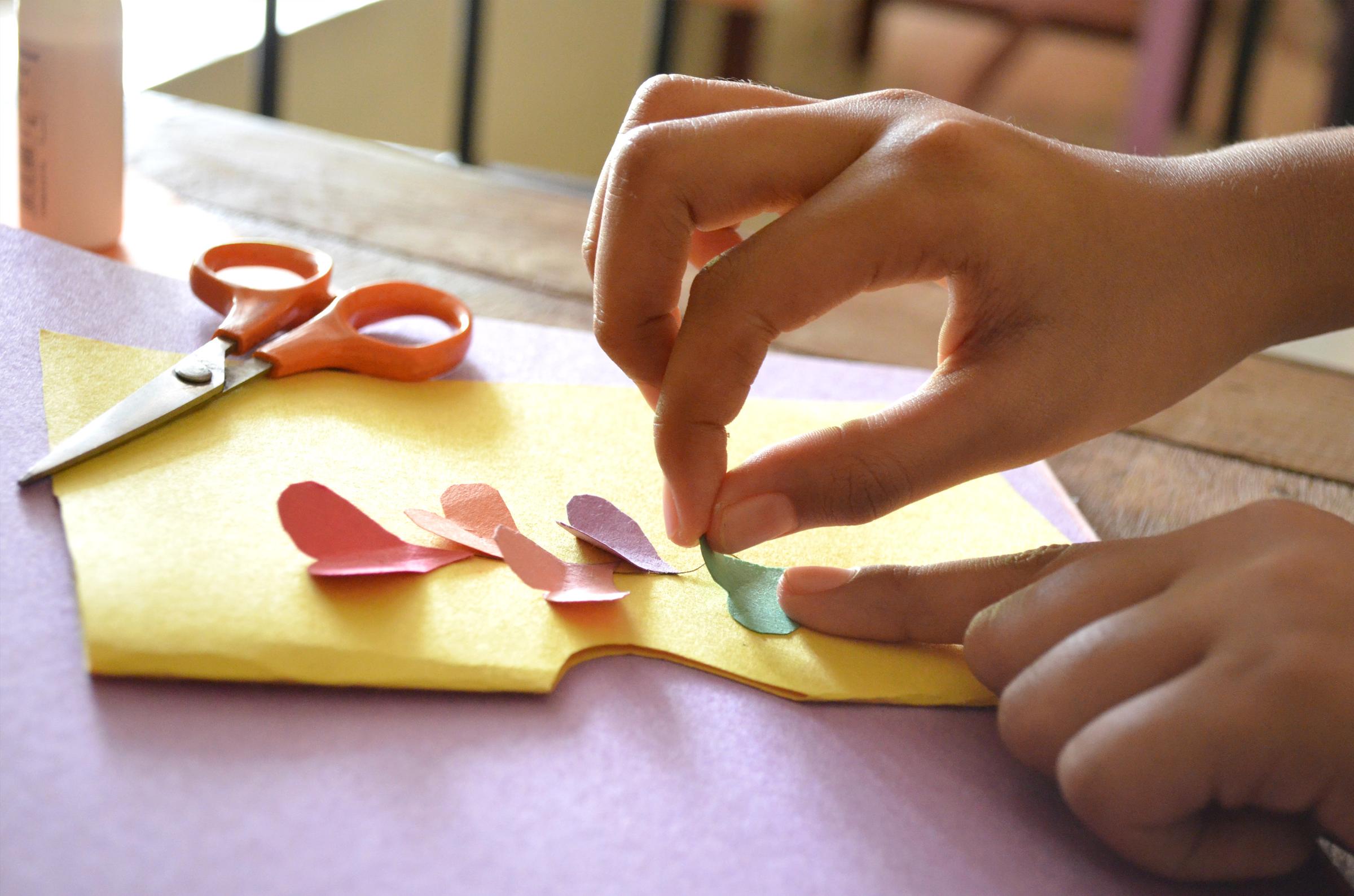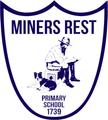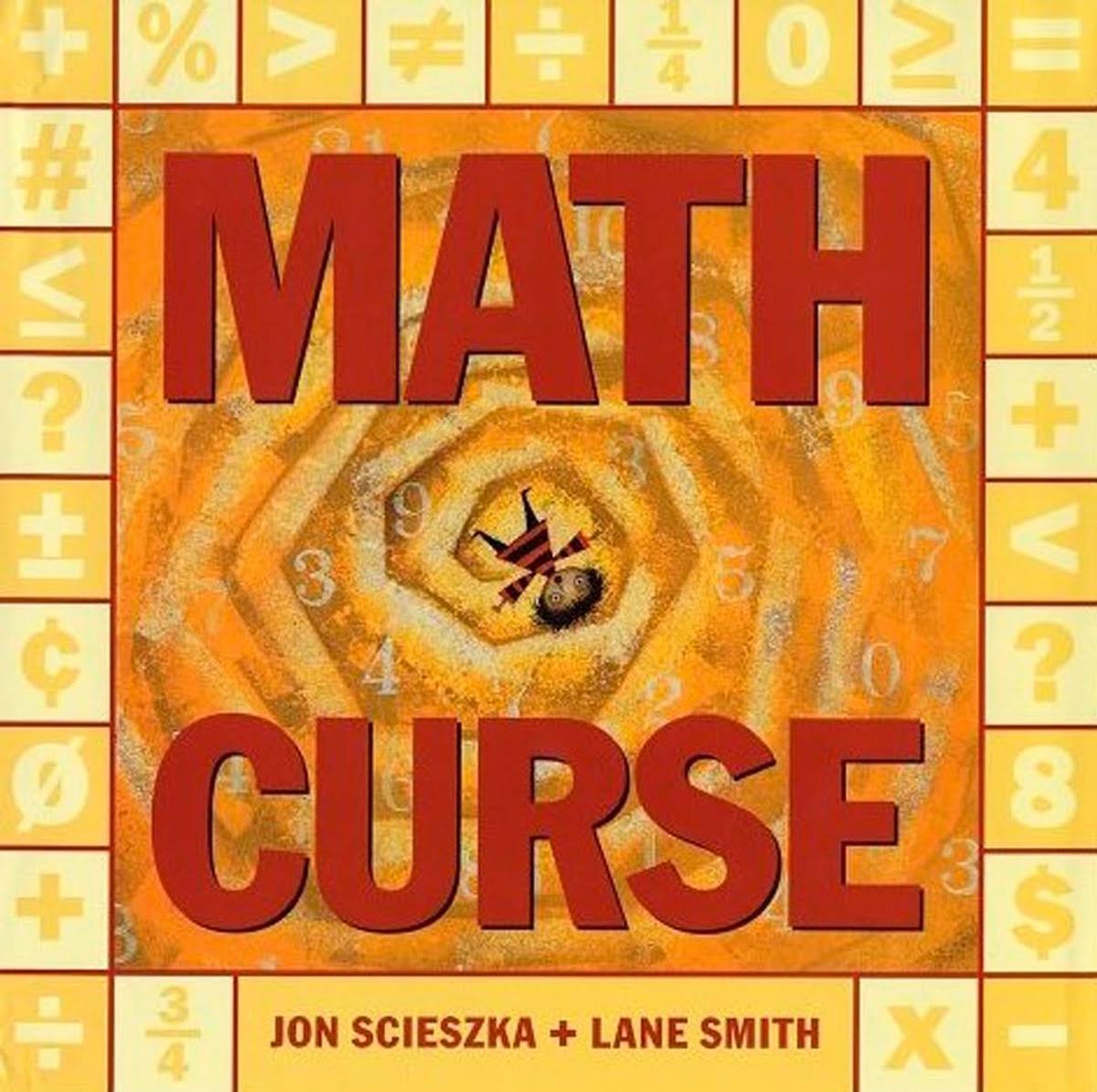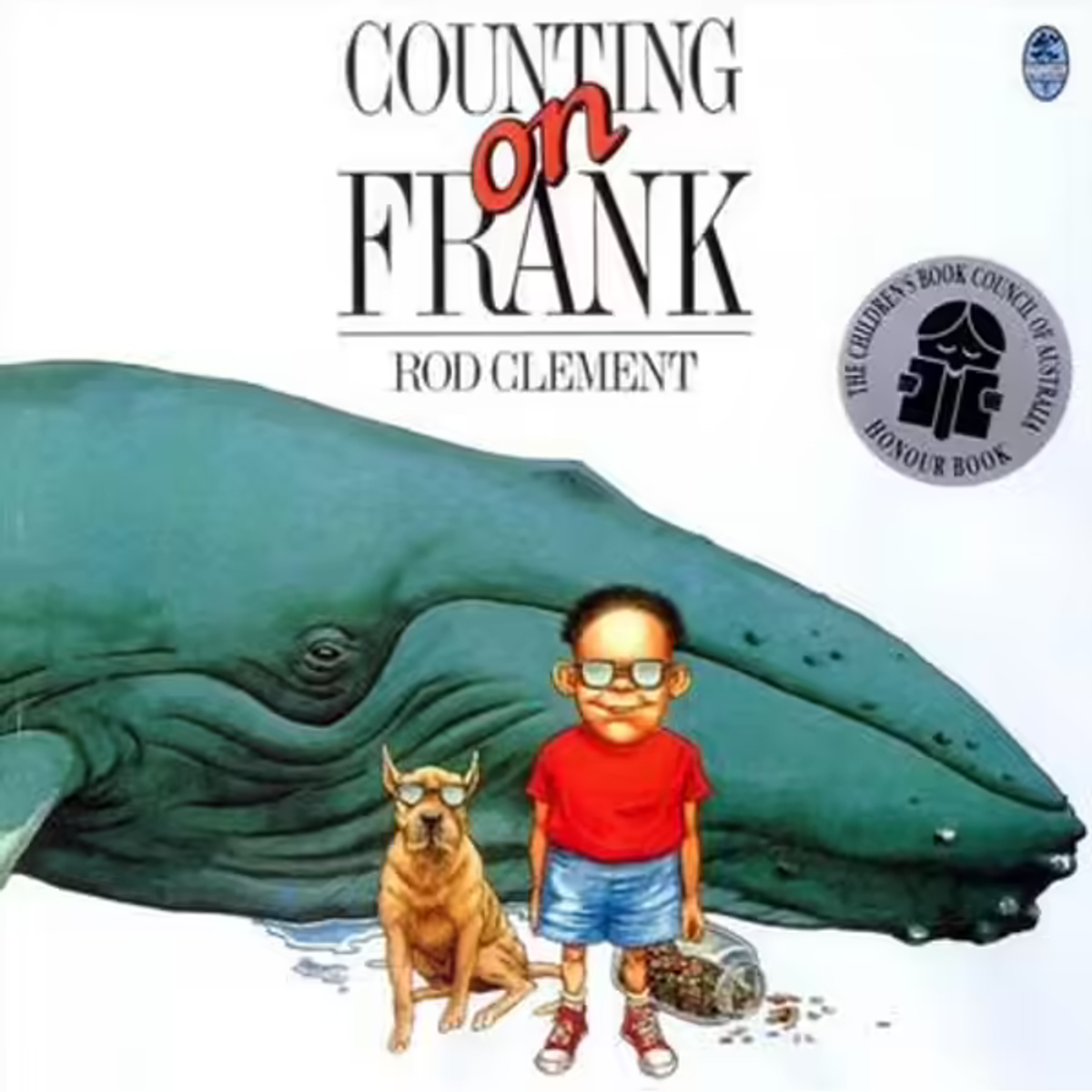Teaching & Learning

Maths at Home
Welcome back, everyone. The first week of this term was not the usual start with a Curriculum Day, ANZAC Day and Athletics Day all rolled into it. We are all now settled into our learning environments and routines in the classroom and hopefully, at home, you are too.
Do you ever wonder if maths is only for the classroom? Students learn about numbers, measurement, geometry and data in the classroom. However, once they have that information they also need to be able to apply it to the real world. There is a big practical component of maths to our everyday lives.
As adults, we use maths without thinking. What time do we need to leave home to drop our children at school? Does that leave us enough time to get to work? The ‘weekly shop’ is all about maths and quantities, ratios and budgeting. How many other times in your day can you think of that involve maths?
What can you do to help your child ‘see’ maths in their day?
Estimation is an extremely important part of developing number sense. Your child can estimate quantities, times, scores. Importantly, ask them to explain their estimation.
Money – counting coins, sorting toys (measurement), saving, budgeting.
Sport – scores, angles, probability.
Time – time of day, use of analogue and digital clocks, timetables.
Cooking – quantities, fractions, sequencing.
This list is not complete by any means.
There are some great picture books that you could access electronically that demonstrate just how important maths is in our daily lives. Below are two examples.
Think about how you use maths and how you can support your child to connect what happens at school with the real world.
Pat Withell


